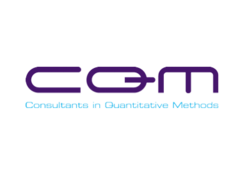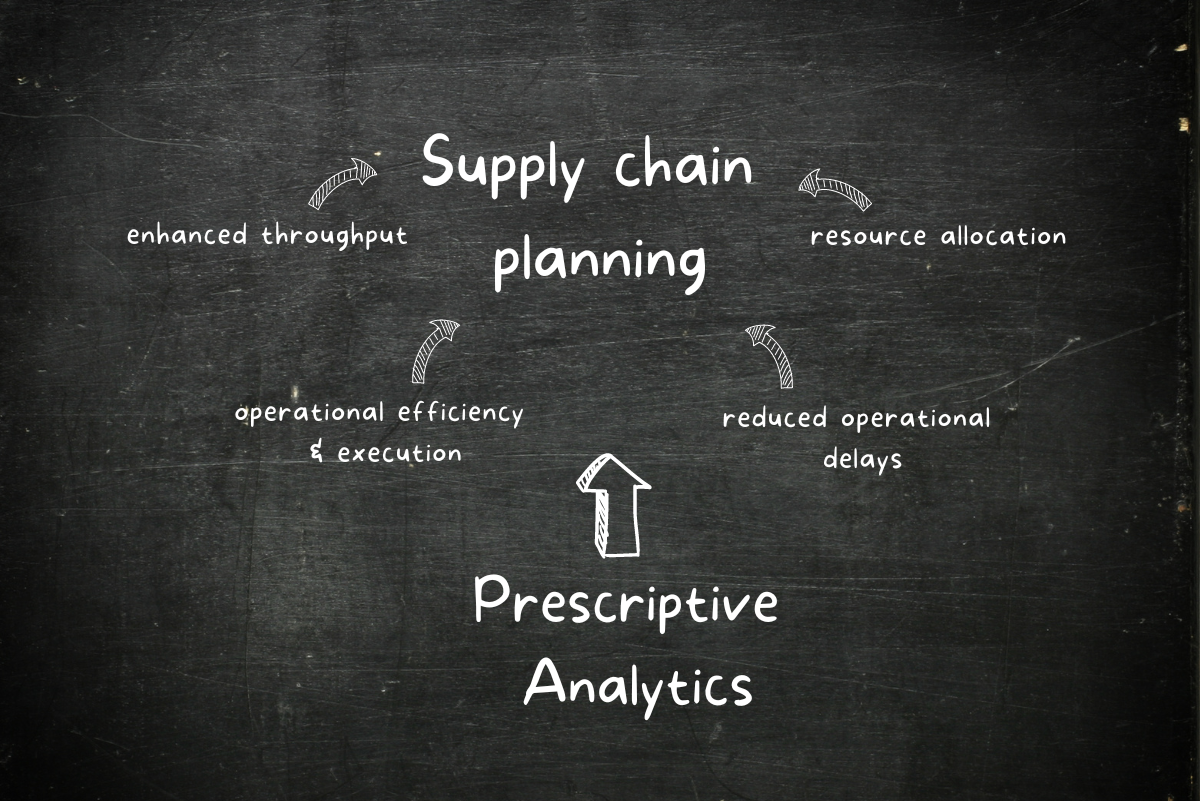AIMMS Model Optimizes Maintenance Planning for ProRail’s Inspection Trains
About ProRail
Netherlands-based ProRail is a government organization that is responsible for maintaining and extending the country’s railway network infrastructure. ProRail is also tasked with allocating rail capacity and performing traffic control in a rail network that sees, on average, 1 million passengers per day.
Problem
Since 2003, ProRail has been tasked with the inspection of the Dutch railway system. In the past, this work would be done by specialized technicians. But with the introduction of new technologies, such as video inspection trains, this process has been largely automated. Video inspection trains are equipped with cameras that inspect the rail network to identify defects and irregularities early on. – a handy innovation that minimizes risks for staff, who previously had to perform checks on site. Yet, automation posed its own set of planning challenges. Inspection trains must complete thorough inspections, but they must drive as little as possible to minimize interference with regular train operations. ProRail asked CQM, an AIMMS partner, to help them address this puzzle.
Solution
CQM developed an AIMMS-based model to help ProRail conduct inspections as quickly as possible. ProRail owns seven inspection trains. The model helps the organization decide how often these trains should be selected to perform inspections on different routes, combining routes for efficiency where possible. It also calculates drive times for inspection trains in advance, helping planners minimize the amount of time these trains spend on the track. This complex calculation is made possible with the use of powerful solvers connected to AIMMS.
Results
Leveraging AIMMS’ prescriptive analytics capabilities, ProRail has been able to improve the planning of its video inspection trains, improving maintenance planning efficiency by dozens of percentage points. The organization has been able to save costs by minimizing drive times, and successfully avoids interference with its train schedule by deploying inspection trains at the right time. The AIMMS-based model is embedded in a planning application that allows for manual intervention and visualization. It also allows planners to provide a printed overview of routes for operators.
Results include:
- Planning efficiency
- Cost savings
- Smarter automation
- Less interference with regular operations
Solution implemented by AIMMS partner:






